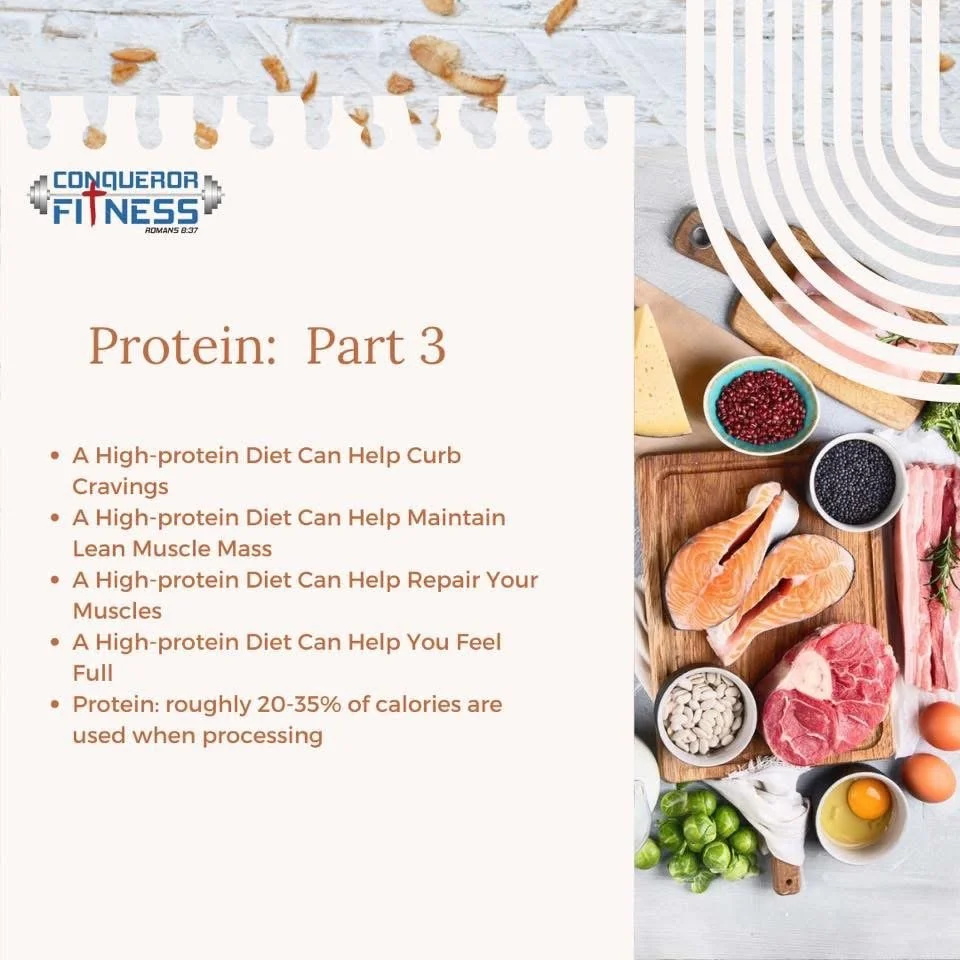Protein Part 3: The State of Anabolic vs. Catabolic
Why it matters:
Consuming 20–30g of high-quality protein at each meal promotes muscle preservation and supports fat loss by keeping your body in an anabolic state—a state in which your body builds and repairs muscle tissue.
When you’re in an anabolic state, your body efficiently burns carbohydrates and fats for energy, allowing protein to be used for muscle repair and growth rather than as a fuel source (Phillips & Van Loon, 2011).
However, skipping protein—or not consuming enough—can shift your body into a catabolic state. In this state, your body starts breaking down muscle tissue to use the amino acids for energy, especially during calorie deficits or long fasting periods (Tipton & Wolfe, 2004).
This is counterproductive for fat loss and muscle maintenance. In a catabolic state:
Muscle tissue is broken down
Carbohydrates and fats are more likely to be stored
Recovery and performance are compromised
The Takeaway:
To stay in a muscle-preserving, fat-burning state, aim for 20–30g of protein at each meal and snack. This keeps your metabolism active, helps maintain lean body mass, and supports long-term health and fitness goals.
Sources:
Phillips, S.M., & Van Loon, L.J.C. (2011). Dietary protein for athletes: From requirements to metabolic advantage. Applied Physiology, Nutrition, and Metabolism, 36(5), 647–657. https://doi.org/10.1139/h11-078
Tipton, K.D., & Wolfe, R.R. (2004). Protein and amino acids for athletes. Journal of Sports Sciences, 22(1), 65–79. https://doi.org/10.1080/0264041031000140554

